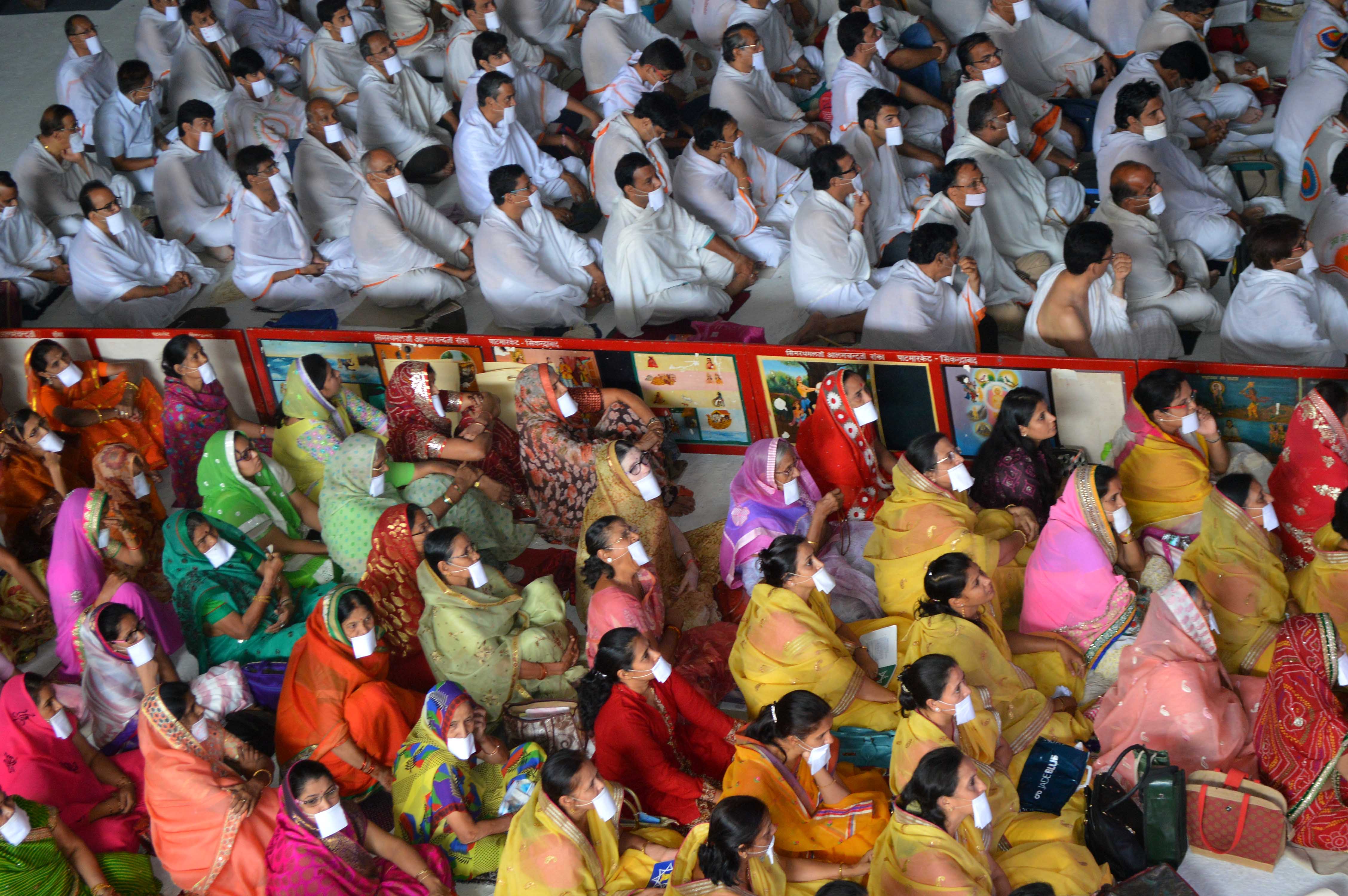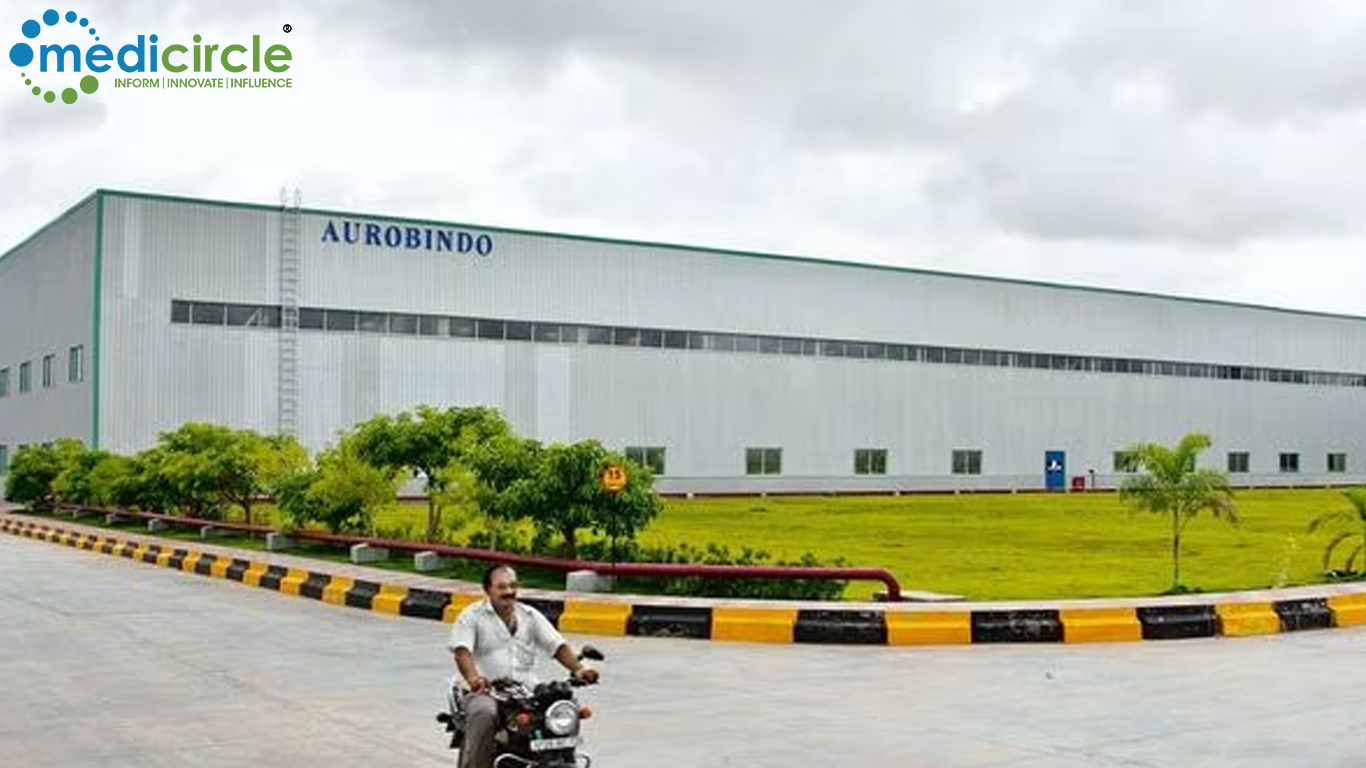When someone is injured, knowledge is the first line of defense so it’s important to know how to treat basic injuries to avoid long-term and/or permanent damage. In case the injury is serious or the symptoms get worsen after applying basic first aid, please seek professional medical treatment.
In case of administering first aid treatment that involves contact with bodily fluids, it’s important to wear protective gloves to eliminate the risk of disease transmission. For the rest of the injuries, gloves are optional.
Cardiac arrest - If a person is in cardiac arrest and CPR is not performed, that person will die. On the other hand, performing CPR or using an AED could save a life. For CPR, start chest compressions immediately. Push down hard and fast in the center of the chest, allowing the chest to come back up naturally between compressions. Continue until the patient reaches the hospital.
Choking - Stand behind them and slightly to one side. Support their chest with 1 hand. Lean them forward so the object blocking their airway will come out of their mouth, rather than moving further down. Give up to 5 sharp blows between their shoulder blades with the heel of your hand.
Burns – For first- and second-degree burns, submerge the affected area in cool water until the pain stops. If blisters appear, do not break them. If no medical treatment is necessary, medicated first aid cream can be applied for pain. For third-degree burns, immediately take them to the hospital.
Heat exhaustion and heatstroke - When the body gets too hot, you may develop heat exhaustion, which can lead to heatstroke, a serious condition. Signs of heat exhaustion include muscle cramps, excessive sweating, pale or cold skin, dizziness, and confusion.
To treat heat exhaustion, take the person inside or into a shaded area. Lie down the person and elevate their legs to help blood reach their heart. Remove any tight clothing, apply cool, damp towels to the skin, and have them sip ice water or electrolyte drinks. After doing all this, still, if the person develops a fever take the person to the nearest hospital.
Allergies – OTC antihistamines and decongestants may relieve minor symptoms of an allergic reaction. These medications are available in tablets, eye drops, and nasal sprays. Many OTC drugs also cause drowsiness, so avoid taking them before driving or doing work that requires a lot of concentration. Swelling, redness, and itching may be reduced with ice and topical creams that contain corticosteroids.
Splinters – Splinter can be a fragment of any wood, metal, glass, plastic that is partially or fully embedded in the skin. To remove a splinter, first, wash and dry the area to reduce the risk of infection. Then, using a magnifying glass, determine which way it entered the skin. Remove the splinter with sterilized tweezers, pulling it out in the same direction, it went into the skin. Never try to squeeze out a splinter as this could cause it to break into smaller pieces, making it harder to remove. Once the splinter is out, wash the area with soap and water again, apply a bandage if necessary.
Minor cuts - First, stop the bleeding. If the cut or scrape does not stop bleeding on its own, apply pressure to the wound with a clean cloth or clean gauze while keeping the wound elevated. Clean the injury, apply antibiotic ointment and a bandage, and watch for signs of infection.
Sprains - Immobilize the limb, apply a cold pack, elevate the injured part if you can do so safely, use NSAIDs for pain. Visit your doctor soon for further diagnosis and treatment.
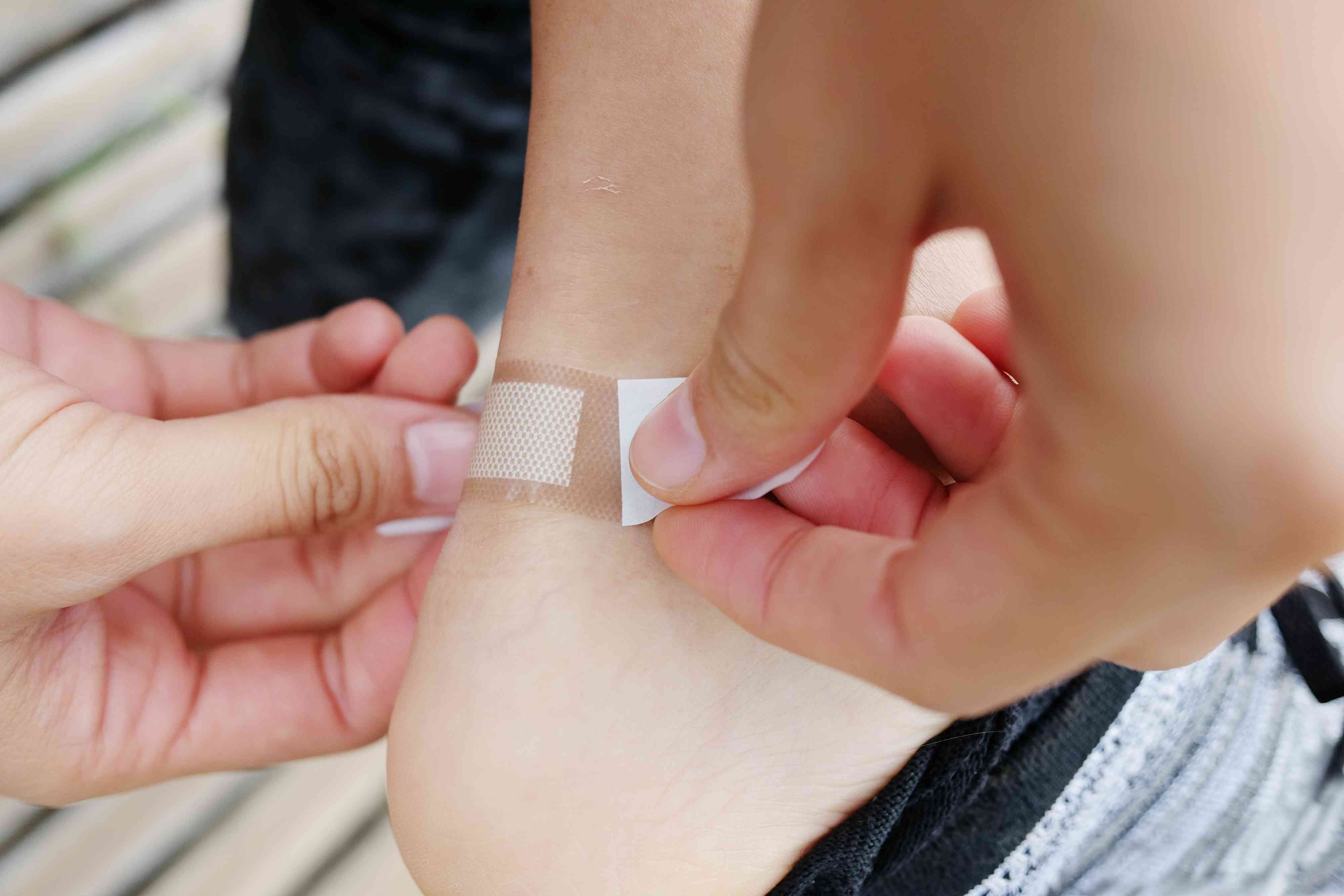
 First aid is the care; a sick or injured person gets before they get full medical treatment. Basic first aid procedures can be very much helpful in medical crisis. Here are some basic first aid we all must know
First aid is the care; a sick or injured person gets before they get full medical treatment. Basic first aid procedures can be very much helpful in medical crisis. Here are some basic first aid we all must know













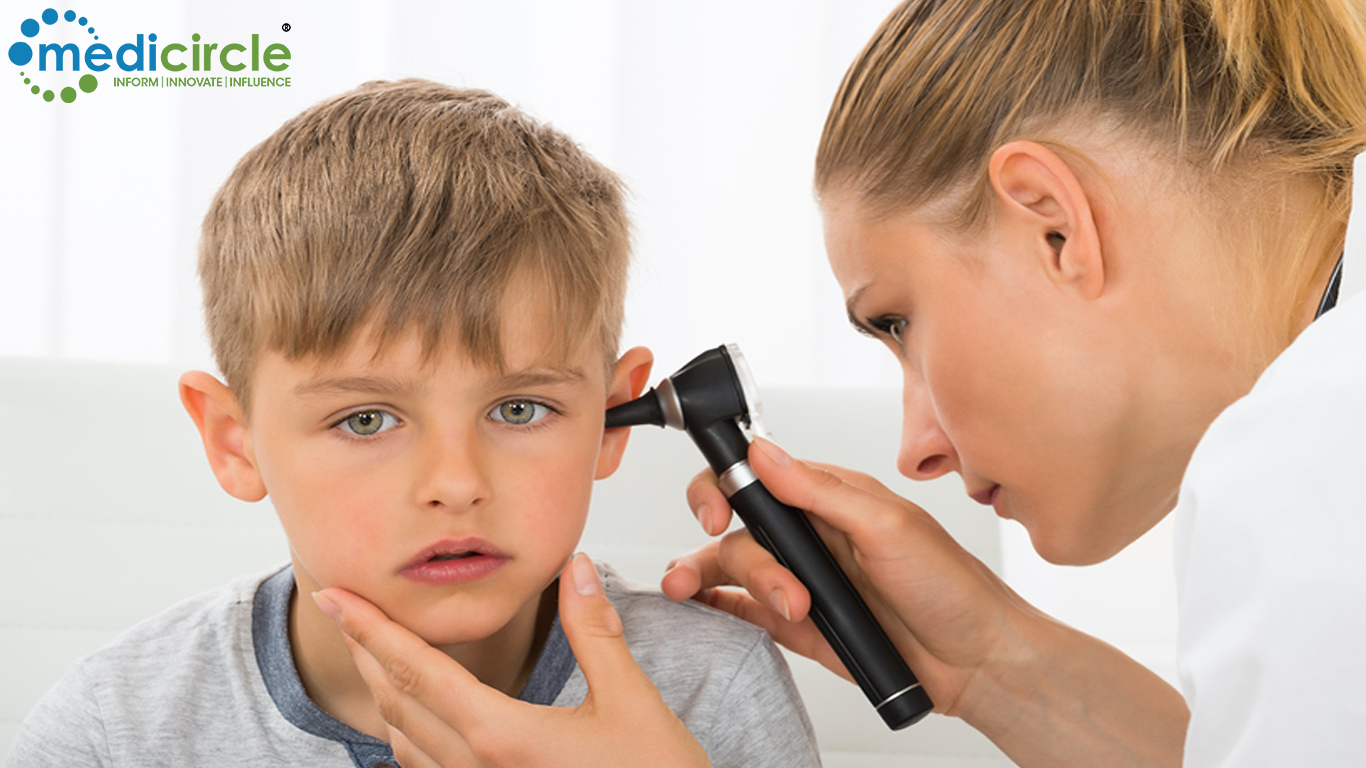
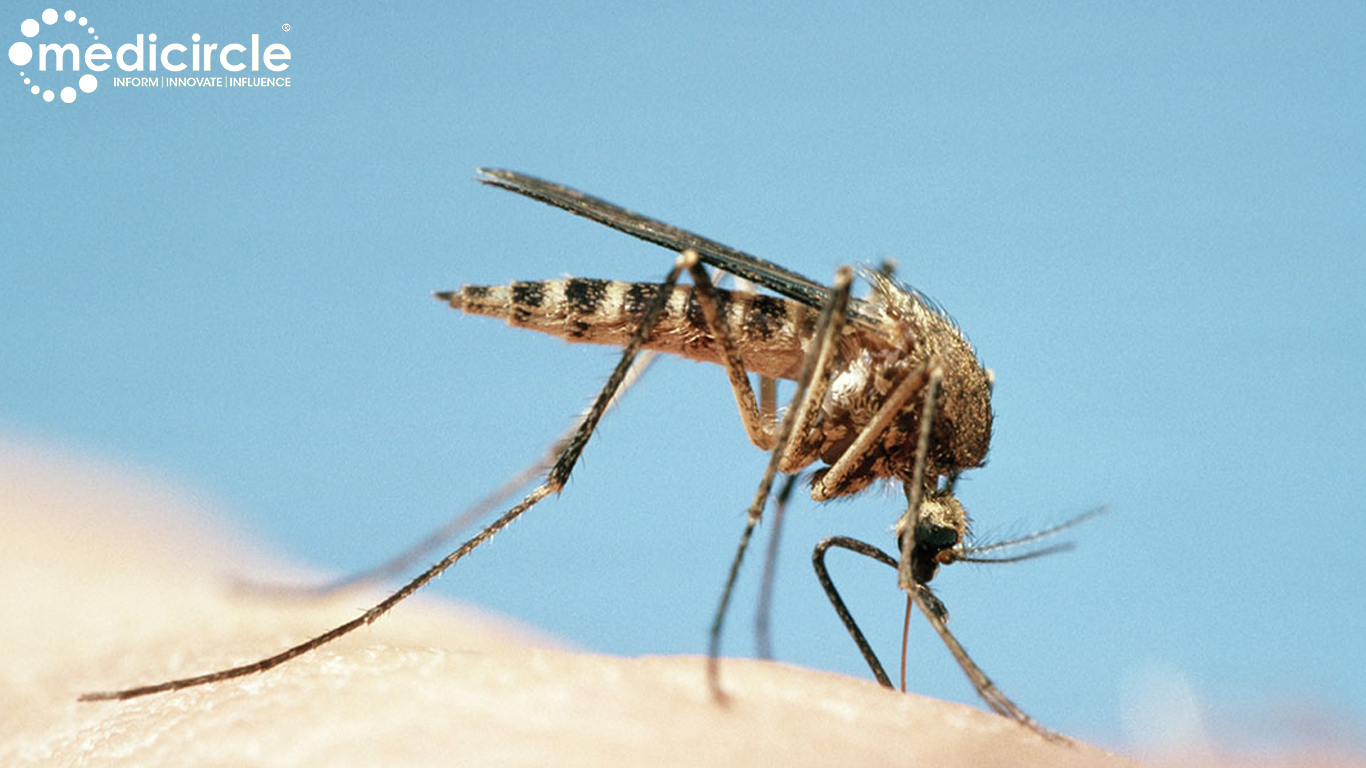
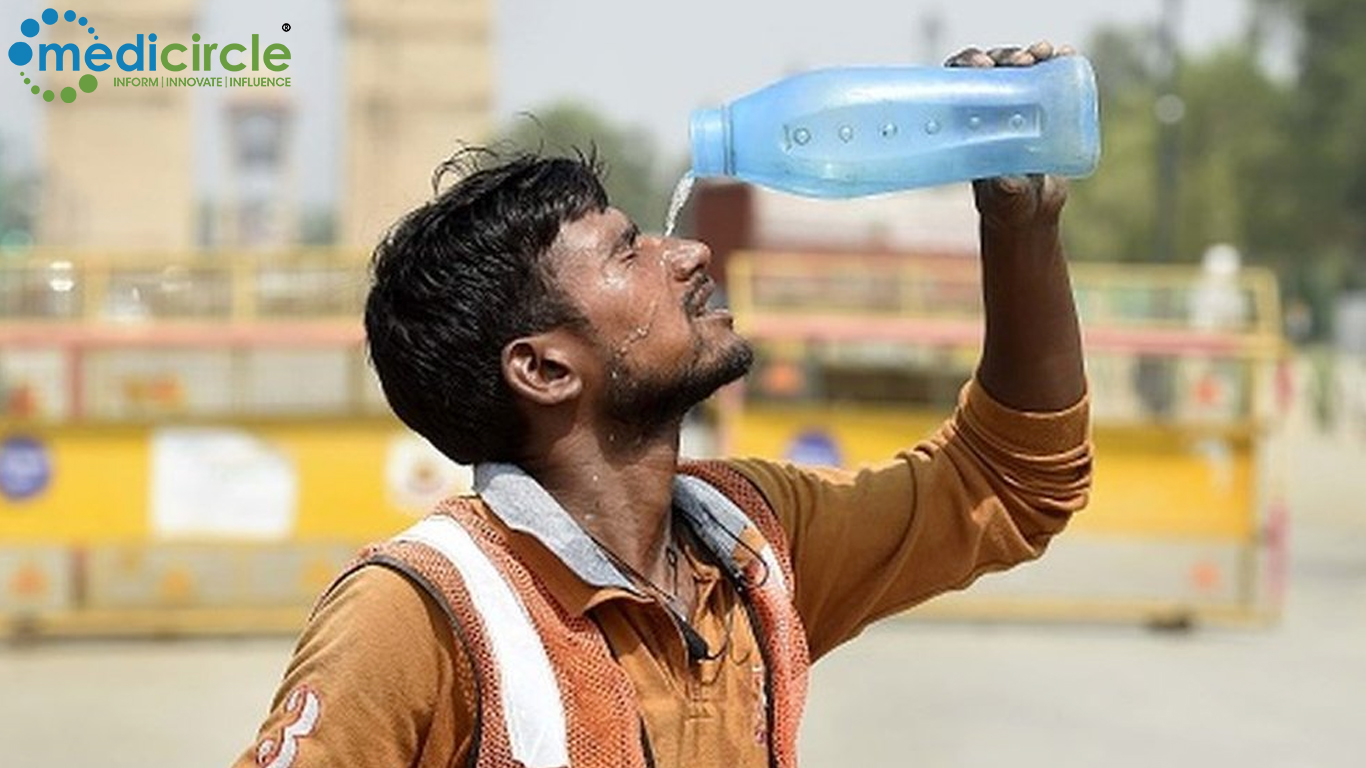




.jpeg)







